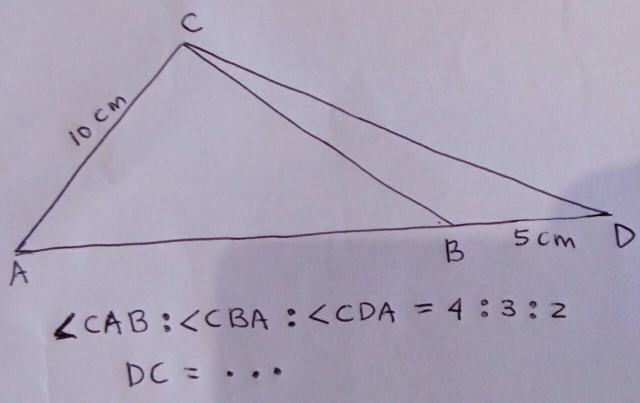
AllQuestion and Answers: Page 1797
Question Number 30183 Answers: 1 Comments: 0
Question Number 30182 Answers: 0 Comments: 2
Question Number 30181 Answers: 0 Comments: 0
$${find}\:\:\int\:\:\frac{{dx}}{\mathrm{1}+{x}^{\mathrm{3}} \:+{x}^{\mathrm{6}} }\:. \\ $$
Question Number 30180 Answers: 0 Comments: 1
Question Number 30179 Answers: 0 Comments: 1
$${find}\:\:\int\:\:\:\:\frac{{dt}}{\mathrm{1}+{cost}\:+{sint}}\:\:. \\ $$
Question Number 30178 Answers: 0 Comments: 1
Question Number 30177 Answers: 1 Comments: 0
Question Number 30176 Answers: 0 Comments: 0
Question Number 30175 Answers: 0 Comments: 2
Question Number 30174 Answers: 0 Comments: 0
Question Number 30193 Answers: 0 Comments: 0
Question Number 30166 Answers: 0 Comments: 3

Question Number 30165 Answers: 0 Comments: 3

Question Number 30160 Answers: 0 Comments: 4

Question Number 30159 Answers: 1 Comments: 1

Question Number 30156 Answers: 1 Comments: 0
Question Number 30148 Answers: 2 Comments: 0
Question Number 30129 Answers: 0 Comments: 1

Question Number 30123 Answers: 0 Comments: 3
Question Number 30120 Answers: 2 Comments: 1

Question Number 30119 Answers: 2 Comments: 1
Question Number 30106 Answers: 1 Comments: 0

Question Number 30094 Answers: 0 Comments: 5

Question Number 30092 Answers: 1 Comments: 0
Question Number 30173 Answers: 0 Comments: 1
Question Number 30090 Answers: 1 Comments: 0
Pg 1792 Pg 1793 Pg 1794 Pg 1795 Pg 1796 Pg 1797 Pg 1798 Pg 1799 Pg 1800 Pg 1801
